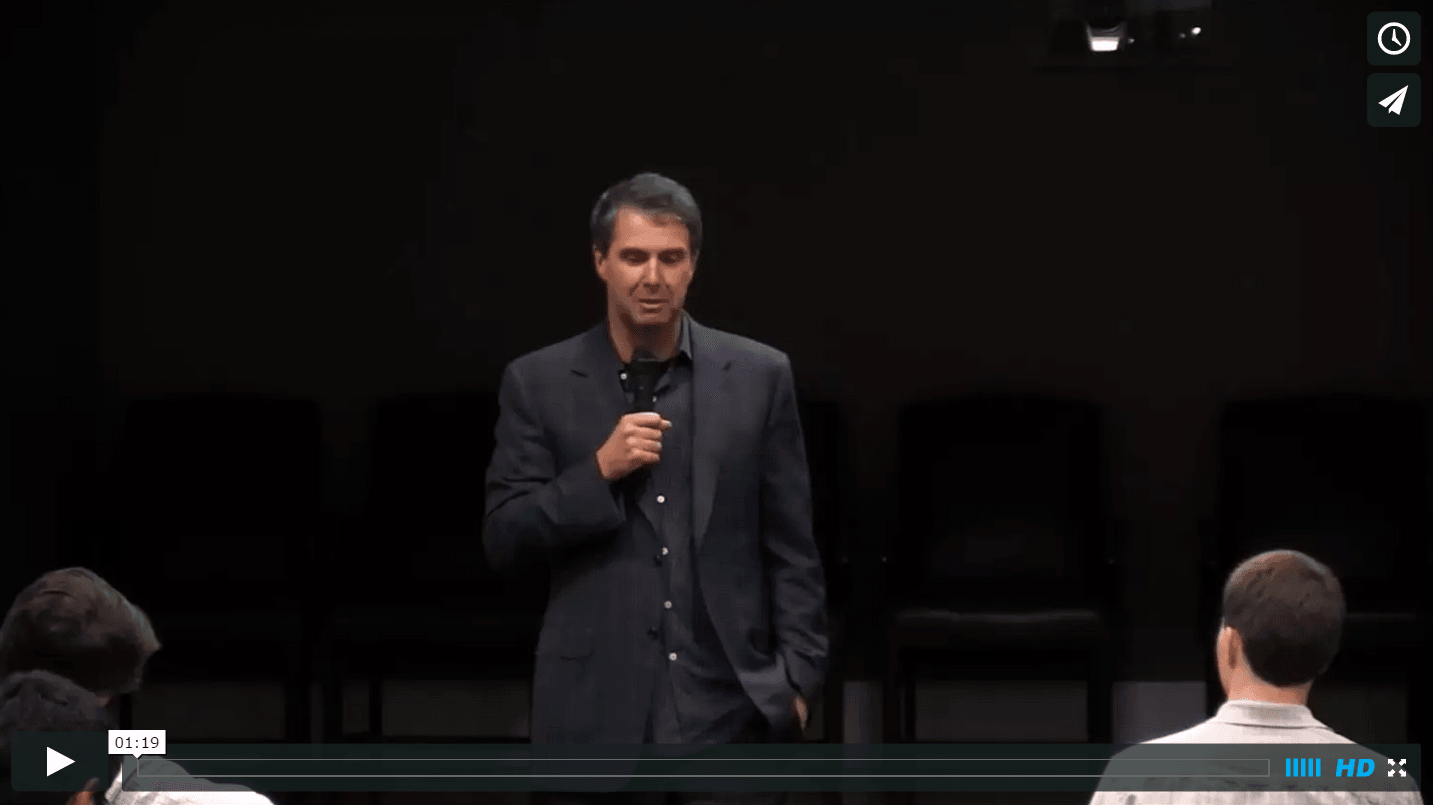In A Taxing Point of View, I argued for a broad array of tax reforms designed to simplify the tax structure, increase transparency, and create a better framework for the government’s business model. I closed that discussion with a somewhat provocative question: “Would we achieve better societal outcomes if we gave the next 5% of our tax dollars to the federal government or to private charities?” Turning this question around, the real quandary is how to improve the social safety net we’ve created in America to ensure that those “in need” are provided with the right support and opportunities to advance and improve their lives. How do we tip the scales appropriately to provide for equal opportunity?
There are those who believe that providing a safety net for those most in need is primarily the government’s job – while others argue that we spend far, far too much on social welfare programs. I believe this debate largely misses a more important point. The issue is not whether the government must play a significant role in this process – I think that is largely axiomatic, in particular in terms of funding basic services programs that reach the neediest. The real issue is HOW the government should provide that safety net. Today’s system is plagued by inefficiencies, duplicative design, and generally poor outcome measurement. Redesigning this process could have a profound effect on those most challenged in American society.
I was at a charity event recently where someone talked about dedicating themselves to “moving from business success to social significance” and that spoke both to my heart and my brain. We need to bring real scale to these problems, scale that must begin with a new approach – here are some thoughts on how that might take shape:
1. From the Ground Up:
Everything must begin with the premise that we help those most in need first, and this places the emphasis on the unemployed, the homeless, and the hungry. At the limit, until we have resourced these core areas, a lower priority must be placed on other areas. One of our biggest challenges is peeling back the layers of laws, programs, and agencies that have built up over the last 80 years to evaluate which programs are required, which need to be adjusted, and which need to be eliminated.
2. Time-out for a Measurement:
We need to take this critical analysis approach one step further and apply it to the safety net programs themselves. Increasingly, non-profits are required to measure results to demonstrate to their donors that positive outcomes are being achieved. Government programs should be subject to the same level of scrutiny given the preciousness of our resources and the life-threatening circumstances people experience. We must do a better job of establishing objectives, benchmarking progress, comparing results, and adjusting/expanding/contracting programs based on their performance.
3. The Partner Palooza:
The government cannot and should not work in isolation on these problems. A significant number of non-profits are supporting those in need very successfully, often doing it more efficiently and effectively than public agencies. While government funded pass through programs exist today, they are far too rare and invariably focus on one year funding plans that make successful program design and continuity very difficult. The government needs to partner with these non-profits, with appropriate oversight, to provide the much needed services customized for specific communities and forms of support.
4. Corporate Responsibility:
While many companies have strong social concern programs, the business community can and must provide even more support for these efforts with matching fund programs, employee volunteer efforts, and corporate grants. In many cases, supplying this support will be in a company’s best interest, but I will argue that it is part of their social obligation in any event. If companies want to demand better economic management and an improved employment environment (and they should), they also have to do their part to support the safety net required to sustain our society at all levels.
5. From Entitlements to Sustainability:
Although it is unpopular to say so, our social safety net cannot be about providing entitlements or permanent support to others. The financial implications of such an approach, and the political backsliding that goes with it, have created a system that is financially unsustainable today. One of our goals must be to establish programs that do more than just “support” people – we need approaches that proactively help people improve their circumstances and ultimately migrate out of need-based programs to a self-sustaining future.

In the final analysis, providing social welfare is just that: a social responsibility that the government, non-profits, businesses, and individuals must support with time, talent, and yes, money. We need a healthy partnership between all of these groups if we hope to build a durable and scalable safety net that provides equal opportunities to as many citizens as possible AND fits within our country’s business model.
As a nation, we spend plenty of money on social programs. And we are the most charitable country in the world, both at the individual and corporate levels. The problem is we lack focus in our efforts, efficiency in our delivery, and effective measurement of results. The challenge is not fixing the system, but rather re-creating it in a new form.
To return to where we began, providing everyone with an opportunity for success boils down to a human choice. Would I give the next 5% of my earnings to the federal government – almost certainly not. But I would gladly give the next 5% to non-profits and other organizations as part of this revitalized partnership to create a durable, lasting safety net. We each have to ask ourselves the basic question, “If I was in their shoes, how would I want to be treated?” Indeed, making a metaphorical charity tax a voluntary reality would be a gift of remarkable social significance.


